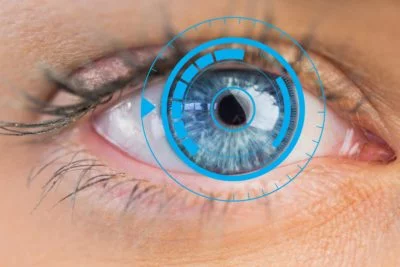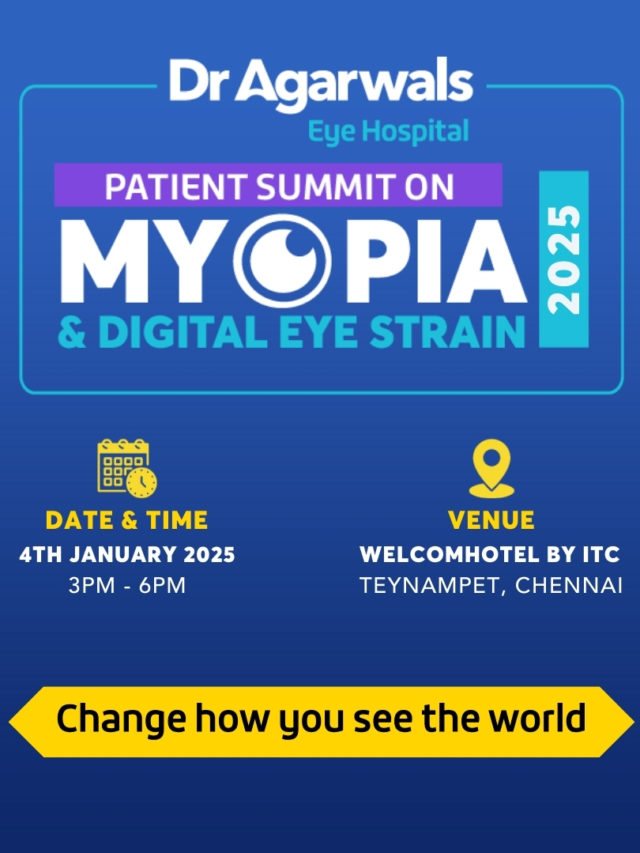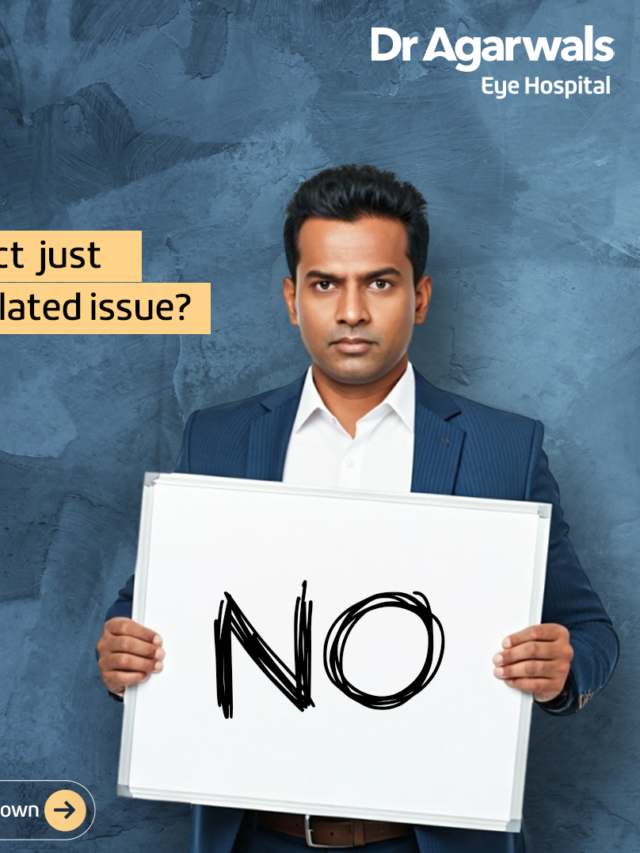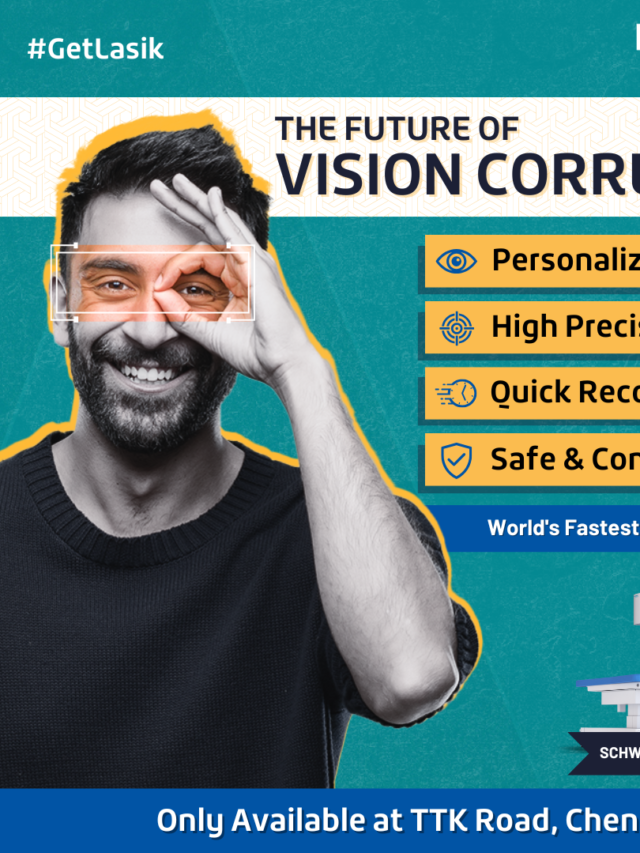Key Takeaways
- High technology has entered the area of eye surgery, in which patients suffering from various sorts of vision problems can be treated.
- Cataract surgery can basically be defined as the replacement of a cloudy lens to restore vision.
- LASIK surgery reshapes the cornea so that nearsightedness or farsightedness can be corrected.
- A corneal transplant and glaucoma surgery are two further complex eye procedures.
- Eye muscle and retina surgeries shift alignment problems and thus improve vision.
Our eyes are essential for interpreting the world around us, and clear vision is fundamental to everyday functioning. Any compromise in eye health can have a significant impact on overall quality of life. But have you ever thought of how someone who is deprived of this bliss or someone with any eyesight issues would feel? Yes, it isn’t easy even to feel something like that. But as humans have evolved, so has our technology. Today the human race, with their skills, has taken the era of technology to yet another level. We are technologically capable and advanced and have a solution to every problem. So those with eye-related issues need not worry; we have it all covered for you.
Types of eye surgery
A range of surgical options is available to address different eye conditions. Many patients report meaningful improvements in their vision and daily comfort following treatment. Below are some common eye surgeries that can help enhance visual function and overall quality of life.
1. Cataract Surgery
Cataract surgery, also known as lens replacement surgery, involves removing the eye’s natural lens and implanting an intraocular lens. Carried out by experienced ophthalmologists, this procedure has successfully restored vision for millions of individuals around the world. This happens when an original lens develops an opacification called a cataract. Cataract causes impairment or loss of vision. Some are born with congenital cataracts, and some develop them over time due to environmental factors.
Early symptoms of cataracts are:
- very strong glare from lights and small light sources at night
- Reduced acuity at the low light level
- Double or ghost vision
- Unable to identify colours properly
- Cloudy, foggy, or blurred vision
2. LASIK Surgery
LASIK surgery, commonly called laser eye surgery or vision correction, is a laser surgery for eyes to correct myopia (near sightedness) and hyperopia/hypermetropia (far sightedness). These are special types of eye surgery performed precisely to change the shape of the clear dome-shaped tissue called cornea at the front of the eye. This laser eye surgery helps in improving vision. Fortunately, this laser surgery for eye is painless and a promising eye treatment for suitable candidates. If you feel any symptoms of myopia or hyperopia, immediately consult an eye specialist.
Symptoms of nearsightedness:
- Blurred vision when looking at distant objects
- Headaches
- Eye strain
Symptoms of farsightedness:
- Nearby objects may seem blurry
- The constant need to squint to see properly
- Eye strain, burning eyes, and pain around the eyes
- Constant headaches and discomfort while working on a smart device
3. Corneal Transplant
A corneal transplant is an operation to remove the damaged part of the cornea and replace it with healthy donor tissue. This type of eye surgery is called keratoplasty or a corneal graft. These eye operation types are done to relieve pain and treat severe infections or damage.
Symptoms of corneal damage are:
- Blurred vision
- Burning sensation in eyes and eye pain.
- Light sensitivity
- Watery eyes and increased tearing.
- Redness in eyes
4. Glaucoma Surgery
Glaucoma is a condition that damages the optic nerve and may result in permanent vision loss if not properly managed. Treatment typically begins with eye drops and medications to control intraocular pressure. When these are insufficient, surgical intervention may be recommended to prevent further nerve damage. The most common type of glaucoma is open-angle glaucoma. Closed-angle glaucoma is less common. Open-angle glaucoma develops slowly over time, with no pain, whereas closed-angle glaucoma can present gradually and suddenly. So to prevent vision loss, consult a doctor if you face any kind of symptoms/signs mentioned below.
Symptoms of glaucoma:
- Eye pain
- Mild-dilated pupil
- Redness in eyes
- Nausea
5. Eye Muscle Surgery
Eye muscle surgery is done to correct eye misalignment (squint) or eye wiggling (nystagmus). Due to this issue, eyes tend to look in different directions. Eye misalignment can affect both visual function and self-confidence. Eye muscle surgery helps restore proper alignment, improving vision, eye coordination, and appearance, often leading to enhanced confidence and quality of life.
These types of eye surgery include moving one or more eye muscles to adjust eye position. It requires general anaesthesia to make the person sleep during surgery. This surgery takes about 45 minutes to 2 hours, depending on the individual’s condition and needs.
Symptoms at the early stage include:
- Strain in the eyes.
- Eyeballs are looking in different directions.
6. Retina Surgery
The retina is also known as a light-sensitive layer of nerve tissue that lines the inside of the eyes and sends a visual message with the help of the optic nerve to the brain. Retina surgery is commonly performed to manage conditions like retinal detachment and diabetic retinopathy. The goal is to stabilise the retina, prevent further vision loss, and, where possible, restore partial visual function by addressing the underlying retinal damage.
Symptoms of retinal damage:
- Blurred vision
- Seeing floaters
- Problem while seeing in dim lights
- Partial loss of vision
- Seeing flashes of light
- Temporary loss of vision in one eye
- Tunnel vision or vision loss
Key Considerations Before Eye Surgery
Comprehensive Eye Examination
A thorough eye exam helps your surgeon assess the condition, plan the procedure, and determine the most appropriate treatment for your needs.
Medical History
Your ophthalmologist will review your medical history to check for any systemic or ocular conditions that may affect surgery or recovery.
Preparation for Surgery Day
You may be asked to fast, avoid wearing makeup or contact lenses, and arrange for someone to accompany you post-surgery.
Post-Surgery Recovery and Care
Pain Management
Mild discomfort is normal and usually managed with prescribed eye drops or pain relief medications. Report any persistent pain to your doctor.
Diet
Stick to light meals after surgery unless advised otherwise. Staying hydrated and maintaining a balanced diet can support recovery.
Follow Up from Your Doctor
Regular follow-up visits are essential to monitor healing and visual outcomes. Always follow your ophthalmologist’s post-operative care instructions.
Technology and Innovation in Eye Surgery
Advanced Imaging Cataract Surgery
Advanced imaging systems enhance surgical precision by mapping the eye in real-time, aiding in accurate lens placement and outcome prediction.
Robotic-Assisted Surgery
Robotic systems provide enhanced control and precision, supporting safer, minimally invasive procedures, especially for complex cases.
Femtosecond Lasers and Wavefront-Guided LASIK and SMILE PRO
These cutting-edge technologies enable highly personalised vision correction with improved accuracy, minimal tissue disruption, and faster recovery.
Therefore, we have a solution to every problem; the technology has reached a level where there is a way out of any issue. In addition, there are different types of eye surgeries available to overcome any eye lid related issue.
Are you planning to get eye surgery? You must take proper rest and food before eye surgery as well as after eye surgery. It is crucial to take all the required steps to maintain healthy vision.
 Dr Agarwal’s Eye Hospital is Here to Help You Get the Best Vision
Dr Agarwal’s Eye Hospital is Here to Help You Get the Best Vision
Dr Agarwals Eye Hospital is home to a team of board-certified ophthalmologists, supported by advanced diagnostic and surgical technology. As an NABH-accredited facility, we are committed to delivering the highest standards of clinical excellence and patient safety in eye care. We utilise advanced, state-of-the-art technology to support optimal surgical outcomes. Our focus on patient safety and comfort includes detailed pre-operative assessments and tailored post-operative care, ensuring a safe procedure and a smooth, well-managed recovery experience. Thus, with the help of the latest and top-notch technology and highly skilled surgeons, we provide all types of eye surgery. The process at our hospitals is smooth and hassle-free; explore our website today and book an appointment.
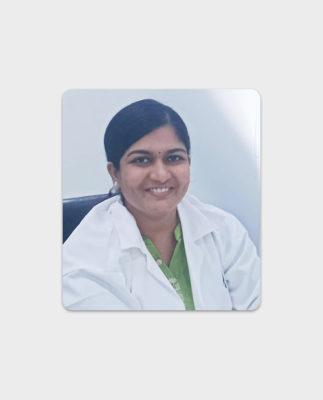
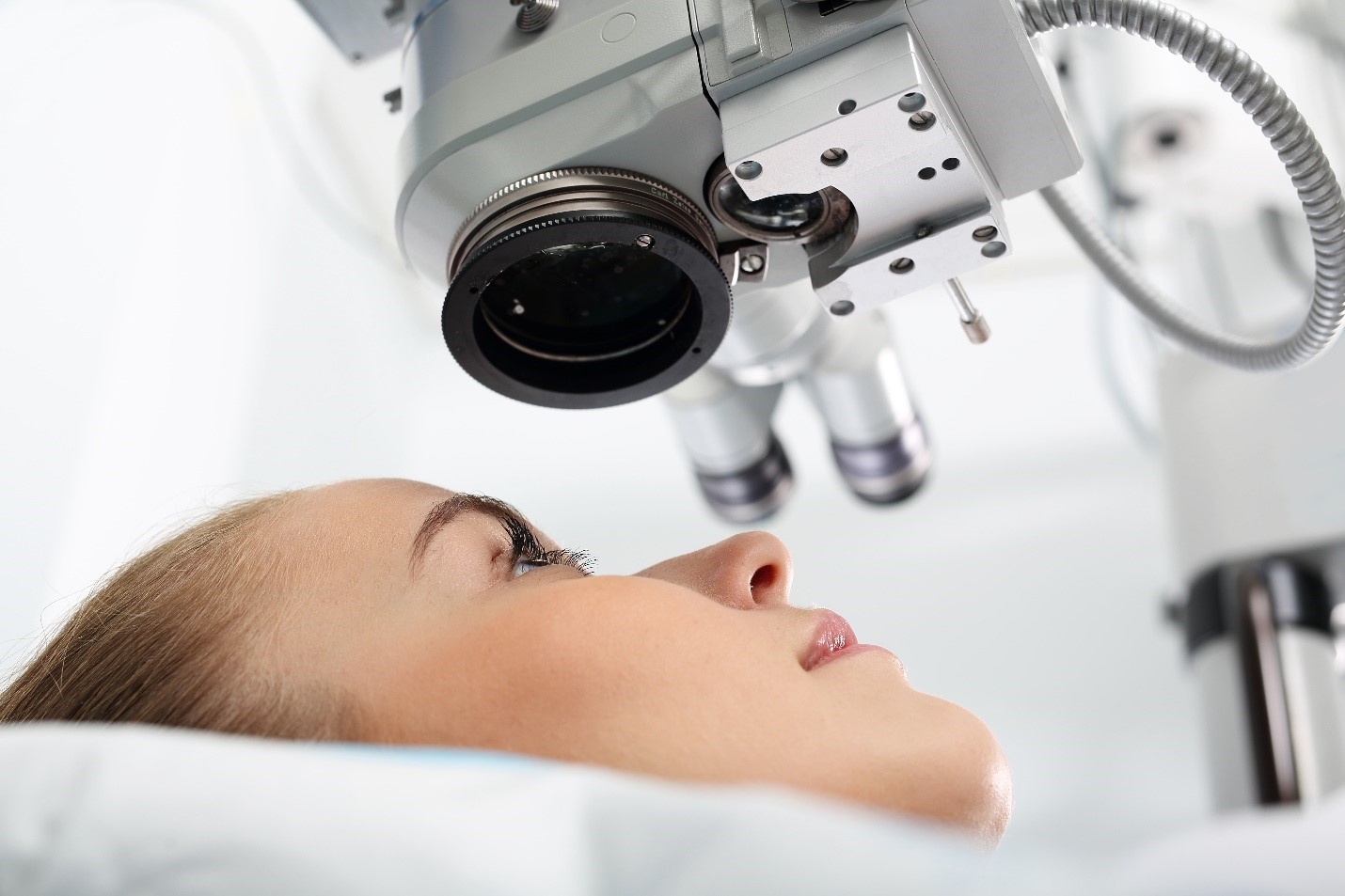
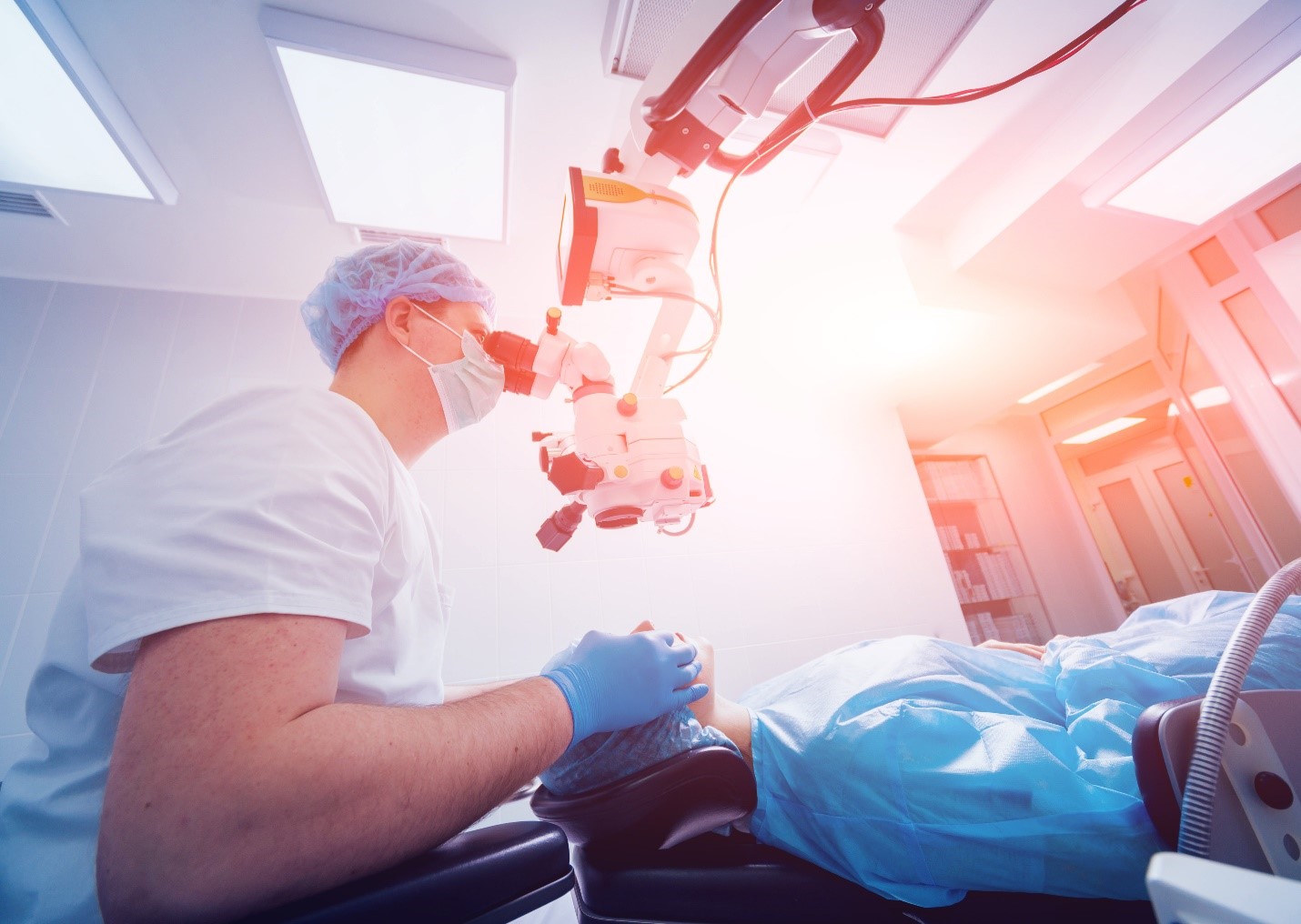 Dr Agarwal’s Eye Hospital is Here to Help You Get the Best Vision
Dr Agarwal’s Eye Hospital is Here to Help You Get the Best Vision



